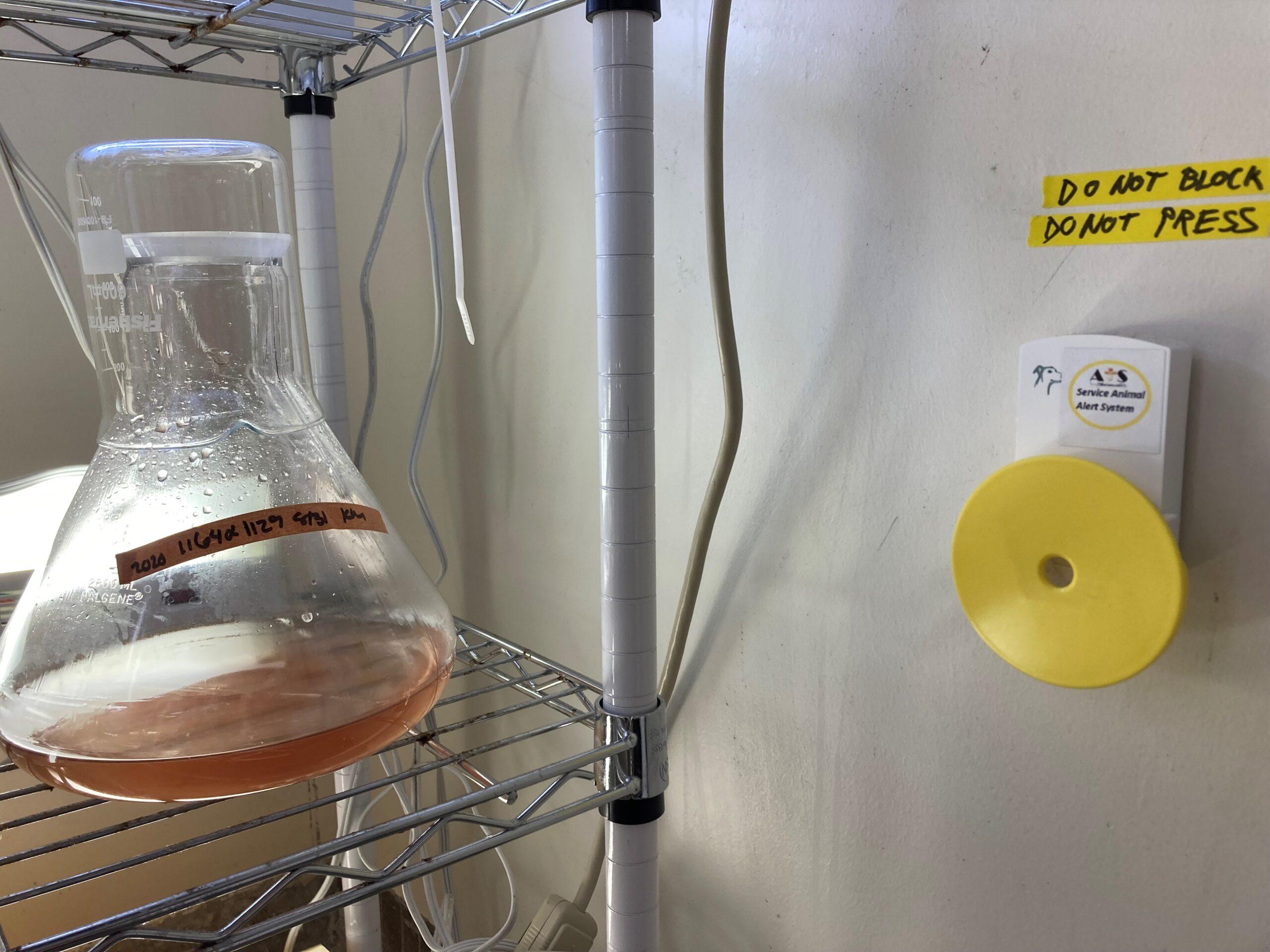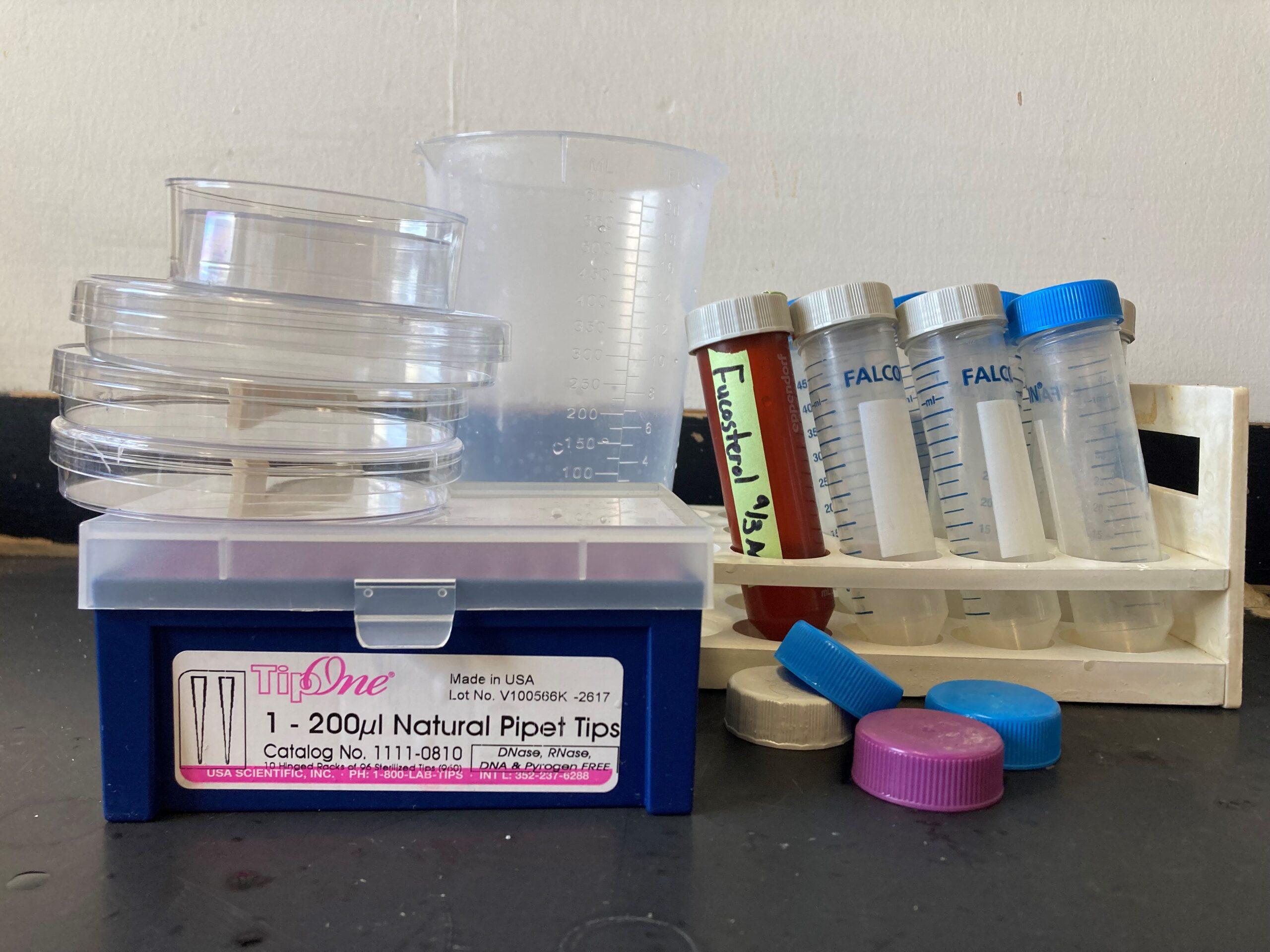The Science Behind Nutrition Labeling The Badger Herald

Whether someone has to feed a family of five or is a hungry college student, it’s common to create a shopping list to run out and sweeten the grocery store. Likewise, every food item on the shelf has its own list that you quickly glance at or ignore entirely to boast of nutritional value and ingredients.
Believe it or not, these food labels also play a big role in the nutritional science of the human body, according to registered dietitian Tara LaRow.
“Food labels are definitely relevant to current science and should be an educational tool for consumers,” LaRowe said.[It] It changes a lot based on science. ”
People can now look at the composition and nutritional content of any food item, but these numbers are much more biologically important than “just the numbers” on the back of the box.
 STEM students with disabilities face additional barriers to earning a degreeNote: In this story, we use people-first language (“people with disabilities”) and identity-first language (“people with disabilities”) according to the mixed use of different languages. read…
STEM students with disabilities face additional barriers to earning a degreeNote: In this story, we use people-first language (“people with disabilities”) and identity-first language (“people with disabilities”) according to the mixed use of different languages. read…
Elizabeth Tan, a senior food science researcher, recognizes that calories in particular are a bit hard to understand beyond numbers. Because when a person burns calories, what they actually burn is a kind of thermal energy.
“This is the energy required to raise the temperature of one kilogram of water by one degree Celsius,” Tan said. “It’s not physical. It’s a measure of energy.”
Beth Olson, associate professor of nutrition sciences at the University of Washington, says food labels are easy to understand, even though there’s a lot of biochemistry behind them.
Energy comes from chemical bonds in the foods that people consume. Enzymes react with food as it moves from the mouth into the gastrointestinal tract, stomach and ultimately into the bloodstream during mechanical processes such as chewing and swallowing, said Olson and Tan. All macronutrients, such as fats, have their own calorie amounts and appropriate ratios in the diet for optimal body function.
 How increased lightning strikes due to climate change will transform the world’s forestsClimate change is literally a hot topic. In addition to rising temperatures and rising sea levels around the world, read…
How increased lightning strikes due to climate change will transform the world’s forestsClimate change is literally a hot topic. In addition to rising temperatures and rising sea levels around the world, read…
According to Olson, each gram of carbohydrates and protein has four calories, and fat has nine. You should get 25 percent from protein and 30 to 35 percent from fat, says LaRowe.
Besides counting calories as energy, the body needs to break down these macronutrients into the circulatory system. is difficult, Mr. Olson said.
Also, there are different types of fat to consider, each with different properties.
Saturated fats are harder for the body to process due to their rigid chemical structure and should not be consumed in excess. Due to the lack of points of unsaturation in their chemical structure, these fats are solid at room temperature and harder and stiffer in the digestive tract. Examples are animal fats in meat and butter. According to Tan, they can also contribute to plaque buildup.
 Wisconsin Department of Health prepares latest COVID-19 booster to become availableAs students head into the next virus season, the Wisconsin Department of Health is encouraging Wisconsin students ages 12 and older to: read…
Wisconsin Department of Health prepares latest COVID-19 booster to become availableAs students head into the next virus season, the Wisconsin Department of Health is encouraging Wisconsin students ages 12 and older to: read…
Other fats, such as monounsaturated and polyunsaturated fats, can have beneficial effects on health and help prevent chronic disease. obtained from fish with high
The body’s inability to process hard fats is often due to the chemical nature of fats, which are mostly water and do not mix well with the body. That means water, teas, and juices are easier to digest than solid foods and fats, says Olson.
This is not to say that you should only consume liquids and foods with a high water content, such as fruits and vegetables. Because they’re easy to digest and have a low calorie content, Olson says these foods are healthy but have a lower energy density than solid or whole foods. The body requires large amounts of a variety of solid foods in the diet and cannot survive on just one nutrient or rely on itself to create nutrients.
“There are nutrients we need to function. Some of them can be made—they are non-essential nutrients,” Olson said. [we] Like some amino acids, these cannot be made. ”
As with many areas of science, many mysteries remain, and current dietary research attempts to validate the body’s need for different foods. Even if you don’t need it, it can be beneficial.
 University of Washington lab struggles to manage waste sustainablyAn epicenter of groundbreaking research, the University of Wisconsin is constantly making new discoveries in many fields, from chemistry to plants read…
University of Washington lab struggles to manage waste sustainablyAn epicenter of groundbreaking research, the University of Wisconsin is constantly making new discoveries in many fields, from chemistry to plants read…
It is also possible that the body alters its biochemical food processes in response to certain diets.
“Your microbiome — all the microbes in your gut — is influenced by where you live, the people you live with, and your individual diet,” Tan said. “When you go vegan, you start to lose the microbes that are beneficial to digesting meat because they aren’t used and are out-competed by other plant-digesting microbes.”
It’s just a panel of numbers and words on the surface of a food package, but there’s a fair amount of science going on inside your body. Not many people may take the time to read and understand nutrition labels, but your body knows how to interpret what enters your digestive tract.












